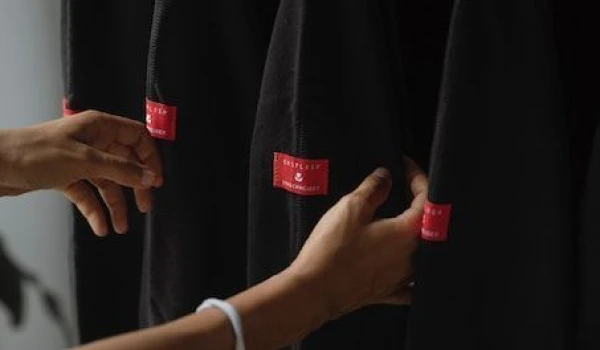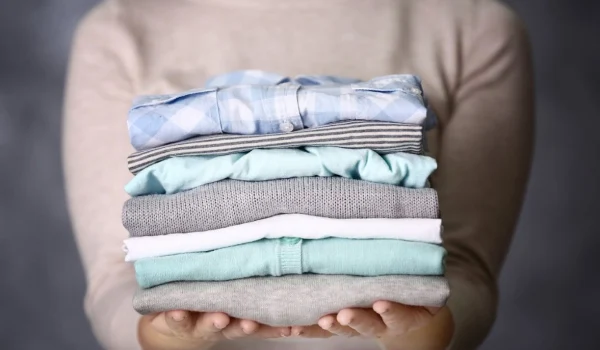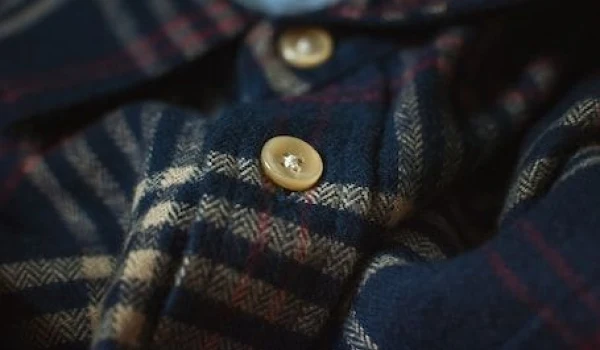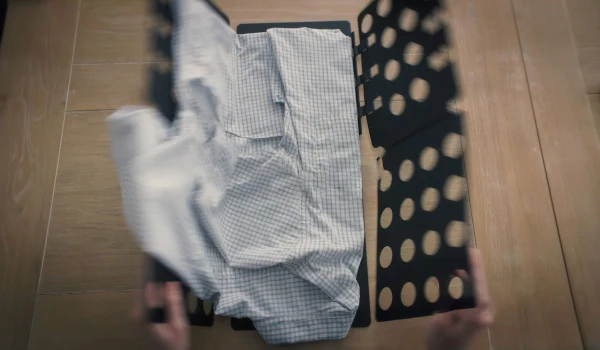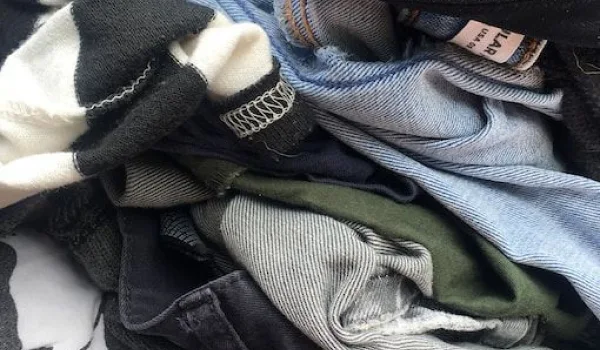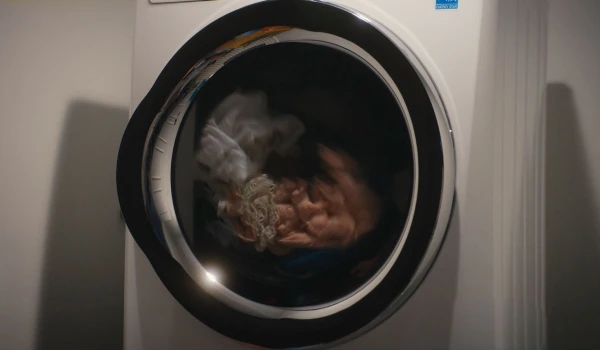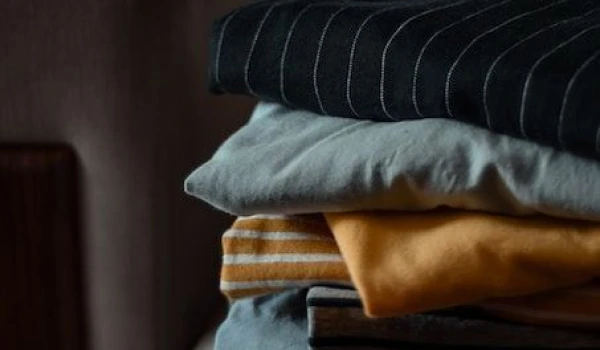
Often our favorite garments are those with good stories. Maybe that special piece of clothing was a gift or worn at a memorable event. But have you ever considered the story of the garment before it became yours?
The life of a garment is not a boring life, that’s for sure. From fiber to textile production, design, and fabrication, to transport and retail sales, every article of clothing is the culmination of lots of effort and imagination.
Historically, people held onto garments for a long time, but with cheap clothing now abundantly available, many societies throughout the world think of clothing as disposable. The staggering volume of new garments manufactured each year have made this paradigm shift possible.
Clothing Production
150 billion garments per year are produced in the global fashion industry, which means about 20 items per person.
Cotton is the most commonly used raw material for fabric in the world, with 60% of women’s garments and 75% of men’s garments containing some cotton. Once the cotton fiber is harvested, it’s spun into a fabric which can be easily cut to specific design requirements.
The fabric is sold to clothing manufacturers, who manage the actual production and fabrication of the garments. Once production is complete, garments are shipped to a distribution center, where they are stored until needed at retail locations.
The Typical Lifecycle of a Garment
After the garment is sold, it may be used once, dozens of times, or never at all, before it ends up being thrown away, repurposed, or recycled.
So how many times are garments generally worn? Although there is little data currently available, a detailed survey of almost 2,000 women found that the majority of fashion purchases see the outside of the wardrobe just seven times.
As a result, Americans sent 14 million tons of clothing to landfills in 2018, all while continuing to purchase new garments at a frenzied pace. To put this in more relatable terms, the average American now generates 82 pounds of waste just from clothes they throw away every year!
Adding to the concern, more than 60 percent of fabric fibers are now oil-based synthetics, meaning if and when our clothing ends up in a landfill, they don’t decay.


Despite these large numbers, a problem at such a massive scale does in fact start with actions at the micro level. How many times you wear your garments, and how you dispose of them once it’s time to let them go, both define the life of your garment.
According to the Council for Textile Recycling, nearly one-half of used clothing is given away for donations by the general public. Simply donating your used clothing instead of throwing it away makes a significant impact on the life of your garment, and there are incredibly convenient ways to make it happen.
With Rinse, clothing donations pickup is always free during any one of your scheduled pickups, and it is a great way to extend the life of your garments by giving someone else the opportunity to enjoy them. Another way to counteract the problem of excessive clothing waste is to increase the number of times you wear your garments. A good rule of thumb is to aim for at least 30 uses.
To get to 30 uses, it’s important to ensure the proper care and cleaning of your clothes. When washing clothes, use cold water, as it’s not only helpful in preventing color bleeding and fading but helps to preserve the strength and integrity of the fibers.
Additionally, you can switch from high or medium heat to low heat in the dryer, which also helps to increase the longevity of your garments and reduces the risk of shrinkage and malformation of clothes over multiple cleanings. Or working with Rinse or your local cleaner can help!
So next time you slip into your favorite garment, take a moment to consider not only where it came from, but also where it’s going. And when you choose to extend the life of your garments, you’re making a choice that benefits more than just your wardrobe.



